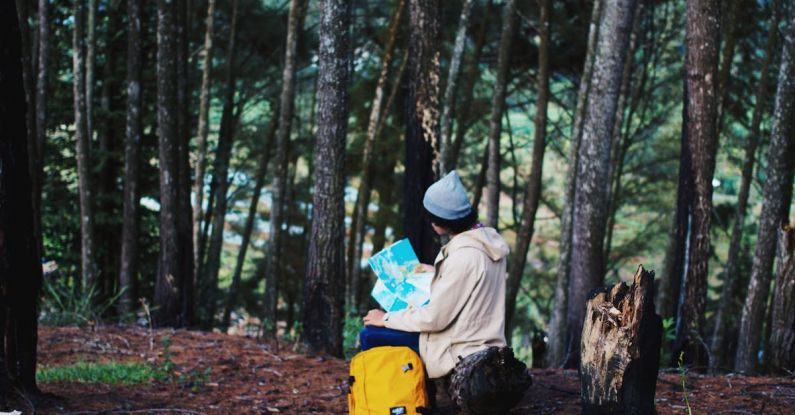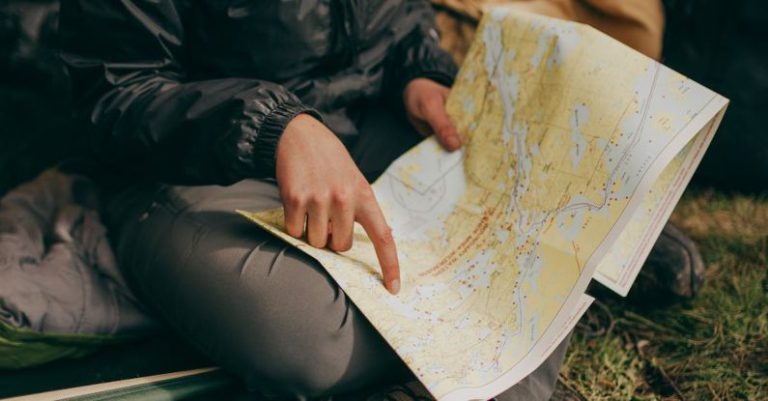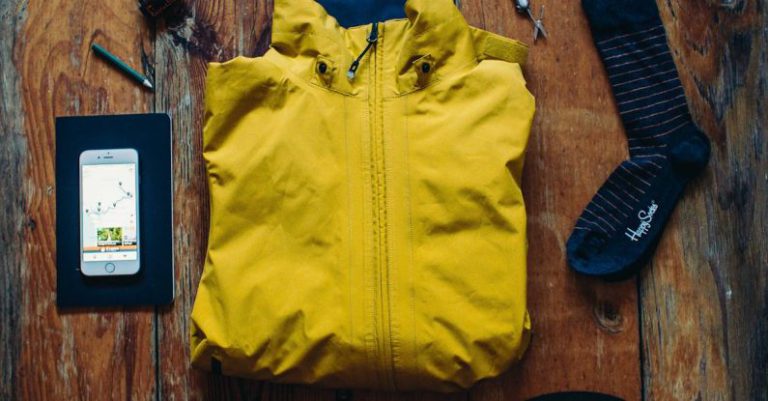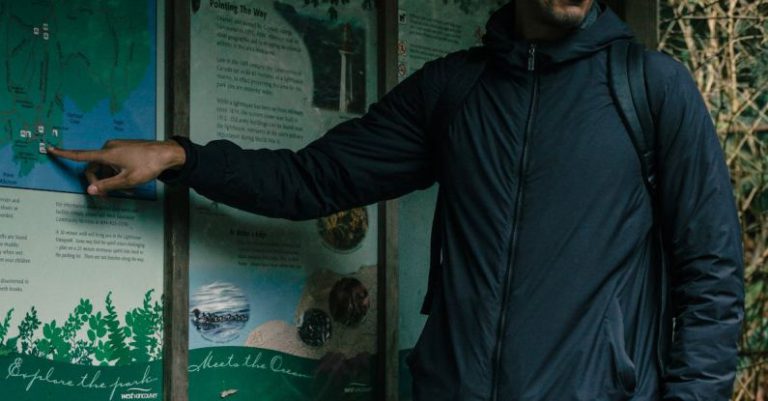
Hiking is a popular outdoor activity enjoyed by many individuals who seek adventure, exercise, and a connection with nature. Whether you are a seasoned hiker or just starting out, tracking your hiking progress on a map can be a valuable tool to monitor your journey, set goals, and stay safe while exploring the great outdoors. In this article, we will delve into the various ways you can track your hiking progress on a map to enhance your hiking experience.
Choosing the Right Map
Before embarking on a hiking trip, it is essential to select the right map for your adventure. A topographic map is highly recommended for hikers as it provides detailed information about the terrain, elevation changes, water sources, and landmarks along the trail. Topographic maps are available in both digital and paper formats, allowing hikers to choose the option that best suits their preferences and needs. Additionally, consider using GPS devices or smartphone apps that offer mapping features to enhance your hiking experience and provide real-time location tracking.
Marking Your Route
Once you have chosen a map for your hiking trip, marking your route is an effective way to track your progress and ensure you stay on course. Before setting off, familiarize yourself with the trail and identify key landmarks or waypoints that you can use as reference points on the map. As you hike, mark your route on the map using a pen or digital tool to keep track of your location and progress. By regularly updating your map with your current position, you can avoid getting lost and navigate challenging terrain with confidence.
Monitoring Distance and Elevation
Tracking the distance and elevation of your hike is crucial for assessing your progress and planning your route effectively. Topographic maps provide contour lines that indicate changes in elevation, allowing hikers to visualize the terrain and anticipate steep ascents or descents along the trail. By using a ruler or digital measuring tool, you can calculate the distance between key points on the map and estimate the total distance of your hike. Monitoring elevation changes will help you pace yourself, conserve energy, and stay safe while exploring rugged terrain.
Recording Landmarks and Waypoints
Landmarks and waypoints are essential markers that can help you navigate your hiking route and track your progress on a map. Landmarks such as peaks, lakes, junctions, and campsites serve as reference points that can guide you along the trail and confirm your location on the map. By recording these landmarks on your map, you can create a visual representation of your journey and make informed decisions about your route. Additionally, using waypoints or GPS coordinates to mark significant locations can enhance your navigation skills and simplify route finding in challenging terrain.
Analyzing Your Hiking Data
After completing a hike, take the time to analyze your hiking data and reflect on your experience to improve your skills and plan future adventures. Reviewing your map with marked routes, distances, elevations, and landmarks can provide valuable insights into your performance and achievements during the hike. Identify areas where you excelled or faced challenges, and set realistic goals for your next hiking adventure based on your observations. By analyzing your hiking data, you can track your progress over time, celebrate your accomplishments, and continuously improve your hiking skills.
Enhancing Your Hiking Experience
Tracking your hiking progress on a map is a rewarding and practical way to enhance your hiking experience and make the most of your outdoor adventures. By choosing the right map, marking your route, monitoring distance and elevation, recording landmarks and waypoints, and analyzing your hiking data, you can navigate trails with confidence, set goals, and explore new destinations with ease. Whether you are a beginner or an experienced hiker, incorporating map tracking into your hiking routine can enrich your outdoor experiences and foster a deeper connection with the natural world.
Incorporating map tracking into your hiking routine can enrich your outdoor experiences and foster a deeper connection with the natural world. Happy hiking!





